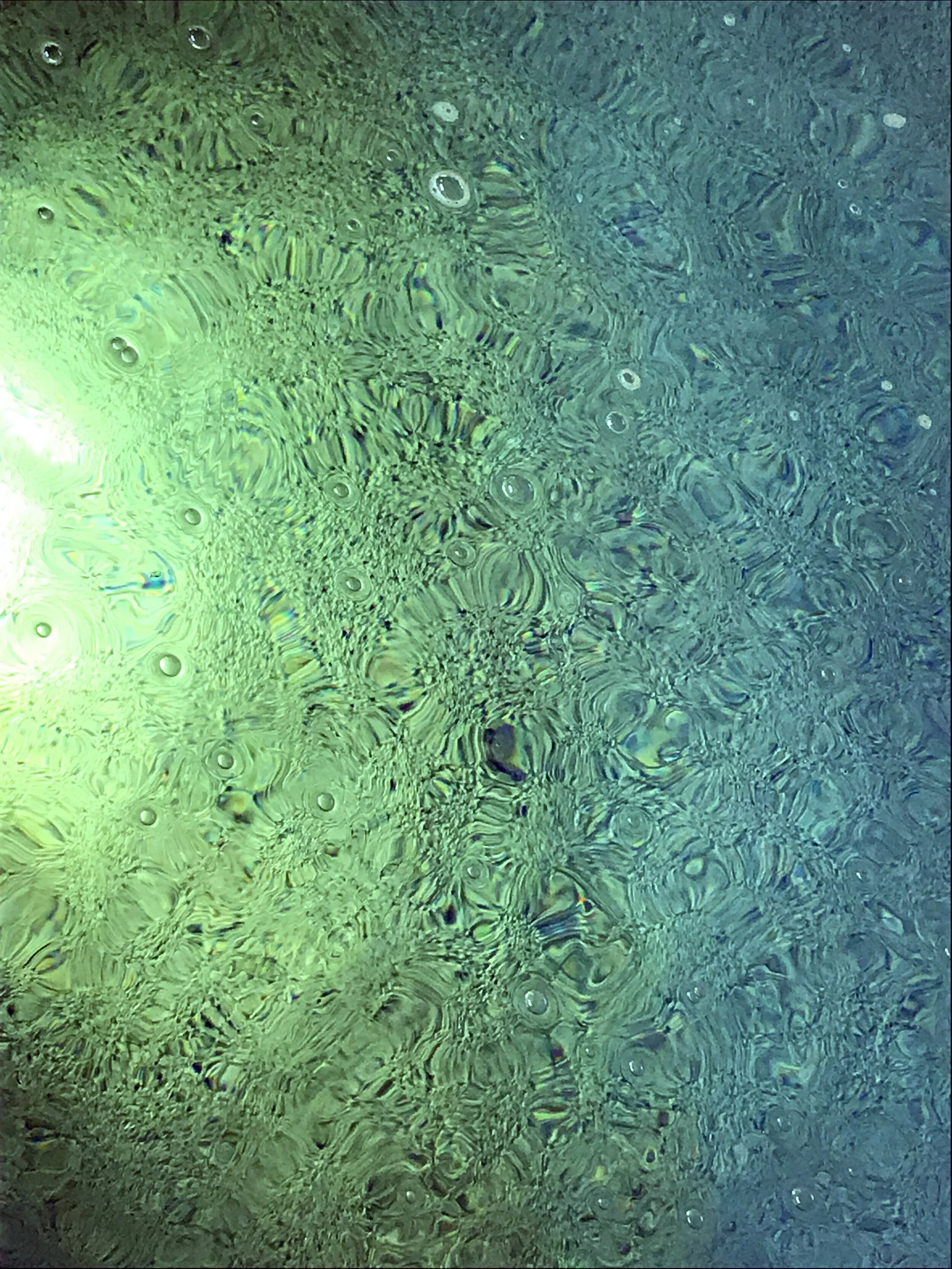...Let me love you true, let me rescue you, let me lead you to where two roads meet.
O come back above, where there’s only love, and the ground’s beneath your feet.
—Salman Rushdie
A box canyon is a sort of U-shaped land form. Typically, there’s one way in and out of the low area that has been carved by water, wind and other erosive forces over time, surrounded on the three sides by steep walls etched with geological evidence. Boynton Canyon in Sedona Arizona, home to Mii Amo Spa, is a box canyon.
While Sedona is named for the city’s first postmaster’s wife, Sedona Arabella Miller Schnebly (1877-1950), the aboriginal people of the region are the Yavapai or people of the sun, who believe that Boynton Canyon is sacred ground.
They believe a young girl named Komwidpokuwia (First Woman, Lady of the Rock, Stone Woman) rose from below to the surface of the earth on the first corn plant and that she created the first people not far from Boynton Canyon. Then, prior to a period of tumultuous rain (40 days and 40 nights), she was placed inside a log or canoe for safe-keeping. No one survived through the storms, but the log lodged itself safely inside a cave in Boynton Canyon. It is said that the spirit of a woodpecker freed the woman. She bathed in the waters, fell in love with the sun and gave birth to humanity. Today the Yavapai hold a ceremony each spring, celebrating her emergence from the cave. She is understood to have supernatural medicinal powers, and Boynton Canyon is celebrated as the birthplace of humanity (the Garden of Eden).
Mii Amo, taking its name from a native term meaning ‘journey,’ is a unique place that “honors guests on a journey of transformation and exploration.” Its design by architects Gluckman Mayner and Ten Eyck Landscape Architects is both subtly humble and boldly stunning. It is a non-self-referential piece of work, and Boynton Canyon provides the ground.
Immediately at the drop-off area, the sound of softly trickling water calls for attention. A narrow, shallow, rectilinear trough of water and river stones is adjacent to the walkway and the first set of entry steps. The step treads are deep, and the step rise is shallow. The path is constructed of exposed aggregate and colored concrete and seems like hardened earth. Moving up the staircase feels more like gliding than climbing. At the top of this staircase, the eye shifts. A second staircase leads the eye to a steely, purple, curved plaster wall, framed by flat, earth-toned-plaster walls on each side and by the wall of the canyon above. It is a surreal, almost religious moment, and the building beckons entry without, at that moment, providing a direct answer as to how exactly to enter. While they read like a de Chirico work, the architecture’s smooth finishes, complementary colors and simple forms speak to the surrounding landscape and sky. The trough of water connects to a mirror pool that surrounds the purple curve and moves inside the building, where the eye is directed down a central axis, a long straight hallway with a 15’ high ceiling of exposed wood joists. One wall is adobe brick, one wall is wooden slats, and the floor is a polished terrazzo. The brick and the terrazzo bring a sense of the earth inside, and the wood provides baffles for both light and sound. The materials are humble and locally sourced, and there is a balance between polished surfaces and textural raw structure.
As one moves through the hallway, there are choices. Volumes of space connect directly to this central spine. Off to one side, the ceiling lowers over the indoor pool creating a more intimate space. This ceiling of overlapping plywood sheets pinned to a steel armature seems an inexpensive, elegant solution and serves as a device to help with acoustics.
The grotto-like space provides a series of discrete cozy niches in the bays that open to the outdoor pool. These spaces are reminiscent of cliff-face caves. Outdoors, the pool reflects the sun and glistens. The colored plaster walls are carefully detailed to blend into the canyon.
The spa treatment rooms are found on the second floor of the building. Unlike the typical spa, these rooms allow daylight to flood in; the connection to the canyon is never lost.
To experience the cylindrical volume known as the Crystal Grotto, one passes through a tunnel-like/bridge-like frame. The entry starts as a square-shaped opening scaled for one or two. It crosses over water as it narrows to a simple, standard doorway scaled for one and joins the 20’ diameter circular space. There is bench seating around the perimeter. It’s a bit like a Turrell Sky-Space, celebrating a celestial event. The smooth plaster, dome-like ceiling has an aperture that is aligned with the path of the sun on the summer solstice. This opening brings light to a centrally located water element, composed of a petrified log surrounded by river stones. This element is framed by the contrasting ground plane of fine powdery matte red Sedona earth. It is soft underfoot and absorbs sound, enveloping the individual in quietude; feet become stained red. This womb-like kiva environment feels very much like the core that holds the ethos of the place. It is in this space while touching earth and sky that guests are given a quiet reflective moment that might trigger or allow one to acknowledge an important moment in their journey.
Photos: Gluckman Mayner, Fiedler Marciano, JBLA and Mii Amo.





















